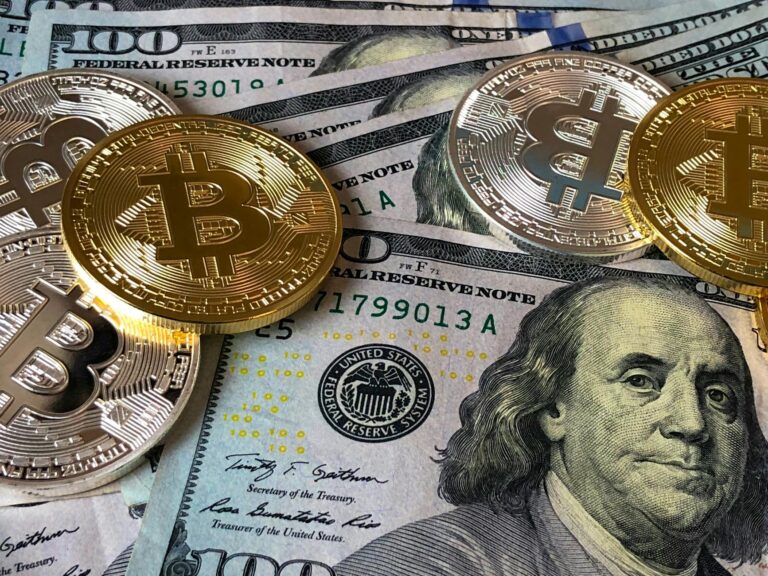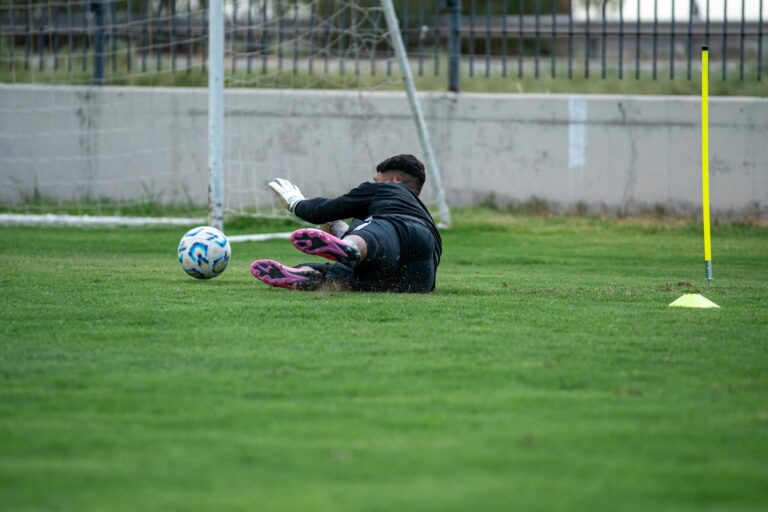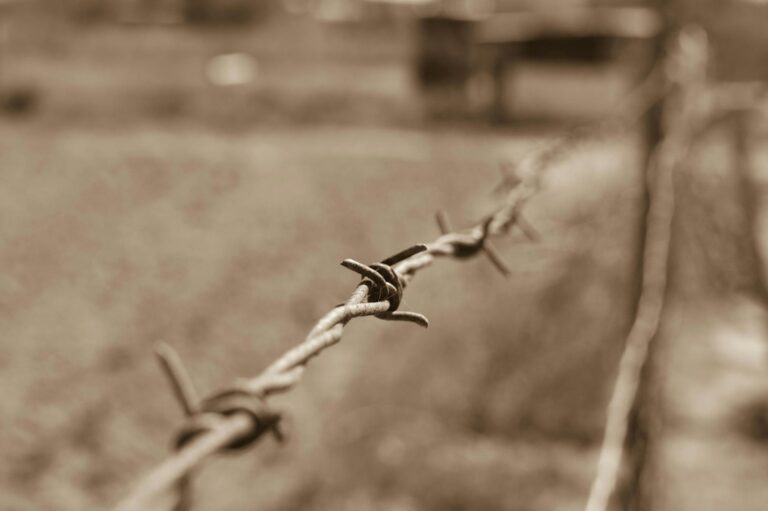Ireland Finally Lets Go of AIB: Was It Worth It?
So after 14 long years, the Irish government has finally washed its hands of AIB—the bank it had to rescue back in the 2008 meltdown. The last shares are sold, the paperwork’s done, and just like that, Ireland’s second-biggest bank is back in private hands. But here’s the kicker: taxpayers didn’t quite break even. Close, but not quite. And that’s got people asking: did we just waste €300 million?
How We Got Here: The AIB Bailout Story
2008 – When Everything Went Sideways
Let me paint you a picture. Imagine building a house of cards during a windstorm. That was basically Ireland’s property market back then. And AIB? It was the guy who bet his life savings on that house staying up. When the crash came, the bank was drowning in bad loans—like, “selling office furniture to pay the electricity bill” levels of broke. By 2009, the government had no choice but to take over. Price tag? A cool €20.8 billion. Ouch.
The Long Road Back
What followed was the banking equivalent of a detox retreat. AIB had to offload toxic assets (goodbye, dodgy loans), shrink its operations, and basically learn how to be a real bank again. It wasn’t pretty. Branches closed, jobs got cut—but slowly, the patient started breathing on its own. Still, every time you saw an AIB branch, you couldn’t help thinking: “We paid for that.”
Selling the Family Silver
The Great Share Sale
The government started unloading bits of AIB in 2017—like a kid reluctantly trading Pokémon cards. A few shares here, a few there. But here’s the thing about selling in chunks: you’re at the mercy of the market. And when the final batch went in 2023, the math came up short. Total proceeds? About €300 million less than what we’d pumped in. Not exactly a standing ovation moment.
Bank of Ireland Did Better—So Why Didn’t We?
This is where it stings a bit. Bank of Ireland actually turned a small profit for taxpayers. AIB? Not so much. But the folks in charge argue it was never about making money—it was about keeping the lights on. And honestly, they’ve got a point. Try running an economy when the ATMs don’t work. Not fun.
The Big Question: Was This a Win?
What We Gained
Look, without the bailout, Ireland’s economy would’ve gone full Titanic. AIB kept credit flowing when businesses were gasping for air. Think of it like an adrenaline shot to the heart—messy, but it kept the patient alive long enough to recover.
What Still Burns
But here’s what grinds people’s gears: the guys who drove AIB off a cliff? Most walked away scot-free. Meanwhile, ordinary folks dealt with austerity measures for years. There’s a reason you’ll still hear pub rants about “bankers and their golden parachutes.”
What Other Countries Can Learn
Ireland vs. Everyone Else
Spain’s bank bailout was like putting bandaids on a broken leg. The UK’s still stuck with NatWest shares. Ireland? We’re out. Sure, we lost some cash, but at least we’re not stuck playing banker forever.
Next Time This Happens…
And let’s be real—there will be a next time. The AIB mess shows there’s no perfect playbook. Save the banks too much, and taxpayers revolt. Save them too little, and Main Street collapses. It’s like choosing between a root canal and losing a tooth—neither option’s great.
Final Take
AIB’s privatization closes a chapter Ireland would rather forget. Yeah, the small loss stings—nobody likes leaving money on the table. But the alternative? Complete financial meltdown. Sometimes the “least bad” option is still pretty bad. And that’s the thing about crises: you don’t get good choices, just survivable ones.
Source: Financial Times – Companies












